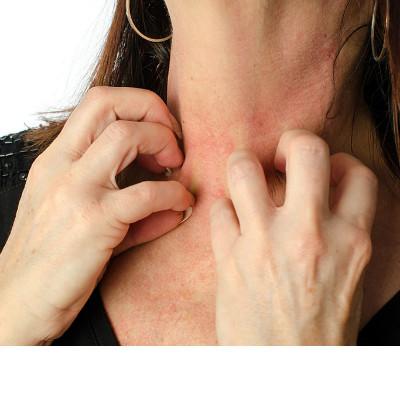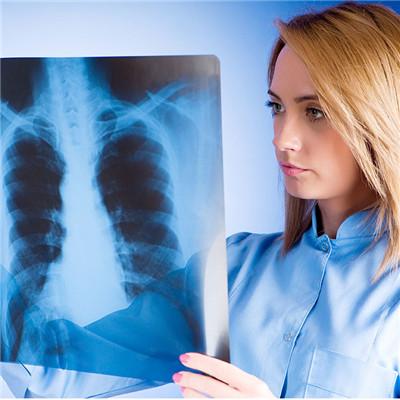Symptoms of sepsis in children
summary
Neonatal sepsis is a very dangerous disease, but as long as early correct treatment, most of them can be cured. If treatment is delayed and serious complications occur, the mortality rate is very high. Mothers should pay more attention at ordinary times. Mothers find that their children's milk intake is not as urgent and powerful as before. Their milk intake is less than half the time before, and their milk intake has been reduced by more than half. And normal newborns in urine wet, hunger and other discomfort will cry, and cry loud. And septic children often do not cry, or only cry a few times do not cry, and cry low. Let's talk about the symptoms of infantile sepsis.
Symptoms of sepsis in children
1. Neonatal limb activity is reduced, or the whole body is weak. Septic children's limbs and whole body are weak. If you lift up his upper limbs and put them down, his upper limbs will not show obvious flexion reaction, but will fall down, and will not grasp your fingers, and his limbs rarely move.
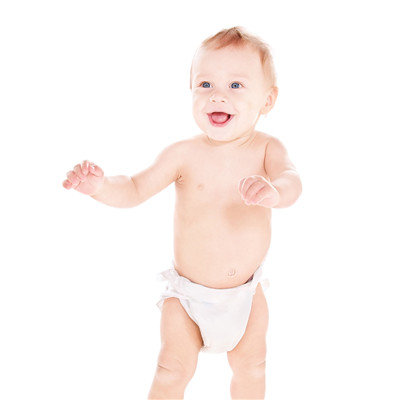
2. The children with septicemia showed low reaction ability, drowsiness and poor spirit. Normal newborns respond appropriately to stimulation. You can cry and make noise. When you find that a child is often in a state of sleep, especially under the stimulation of the external environment, you should pay attention to it.
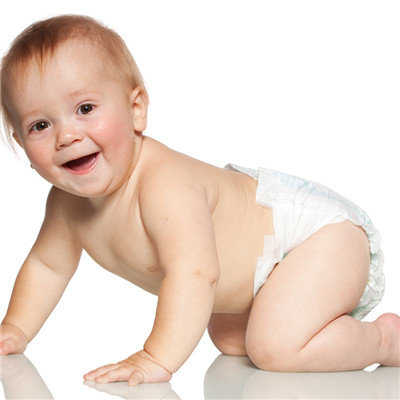
3. The temperature of the newborn is below 35.5 ℃, which is lower than that of ordinary children. The normal children usually have warm hands and feet, but the children have cold hands and feet in septicemia. In addition, the physiological weight loss of the neonates with sepsis is beyond the normal range, and the weight does not increase during the weight growth period.
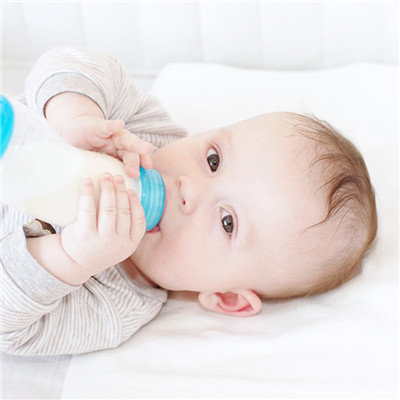
matters needing attention
The prevention of neonatal sepsis should pay attention to the health care during pregnancy, carry out hospital delivery, master the scientific knowledge of child rearing, so as to prevent the disease in advance. Children with sepsis may have local infection foci, such as skin pustules or boils, or umbilical purulent secretions. It is from these foci that the pathogenic bacteria of sepsis enter into the blood. The presence of these infectious foci is likely to attract the attention of parents and is also helpful in the diagnosis of sepsis.
















